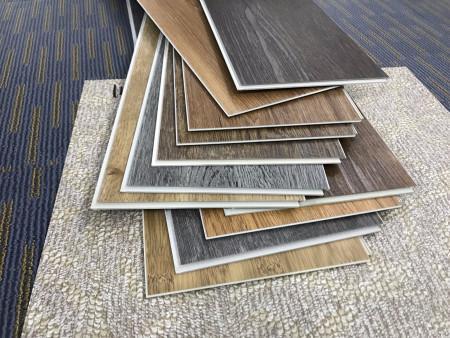

 Industry News
Industry News
Location:Homepage > Media Center > Industry News > Enduring Excellence: Stainless Steel's Impact on Architectural Design
Enduring Excellence: Stainless Steel's Impact on Architectural Design

In the years leading up to World War I, Harry Brearley, a skilled metalworker since childhood, inadvertently discovered stainless steel while seeking a solution to the wear on the inner walls of British army weapons. By adding chromium to cast iron, he created a corrosion-resistant alloy that revolutionized numerous industrial sectors, including cutlery, healthcare equipment, automotive parts, and more. This innovative material quickly supplanted traditional options like carbon steel, copper, and aluminum across various industries, including civil construction.

In the 1930s, amidst a booming American economy, the race to construct the world's tallest skyscraper saw fierce competition between the Chrysler Building and the Empire State Building. Both iconic structures utilized stainless steel prominently, showcasing its remarkable properties despite its novelty at the time. Initially considered a material reserved for exclusive applications due to its high cost, stainless steel has become increasingly accessible in architecture and construction, serving both mechanical and aesthetic purposes.

Available in sheets, coils, tubes, and bars, stainless steel offers several advantageous features for civil construction. Its corrosion resistance coupled with its sleek and modern appearance makes it a popular choice for various architectural elements. Stainless steel can be finished with a matte or shiny surface or even customized with different colors, offering versatility in design.
Moreover, its low surface roughness makes stainless steel easy to clean and maintain, making it ideal for controlled environments like laboratories and industrial kitchens. Unlike porous materials, stainless steel prevents the penetration of bacteria and viruses, ensuring a hygienic surface that withstands aggressive cleaning chemicals without compromising its integrity.
Structurally, stainless steel boasts exceptional strength and durability, with high ductility and resistance to tensile and compressive stresses. This strength allows for the use of thin sheets, reducing the overall weight of structures without sacrificing performance. Whether used for façade panels, sculptures, curtain wall structures, kitchen countertops, or decorative elements, stainless steel proves resilient against harsh weather conditions, ensuring longevity in architectural applications.
Furthermore, stainless steel's recyclability makes it an environmentally sustainable choice, aligning with modern construction practices focused on sustainability and resource efficiency. While initial costs may be higher, the long-term durability and minimal maintenance requirements of stainless steel offer potential cost savings over time.
In conclusion, stainless steel stands as a highly effective material for architectural projects, offering a blend of aesthetic appeal, structural integrity, and sustainability. Its widespread use across diverse applications underscores its enduring significance in modern construction practices.